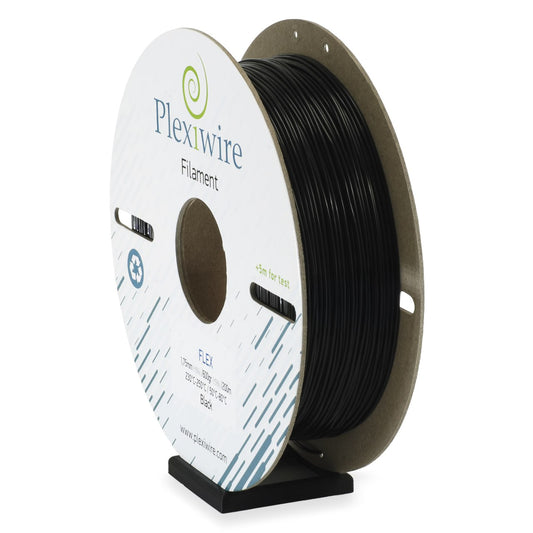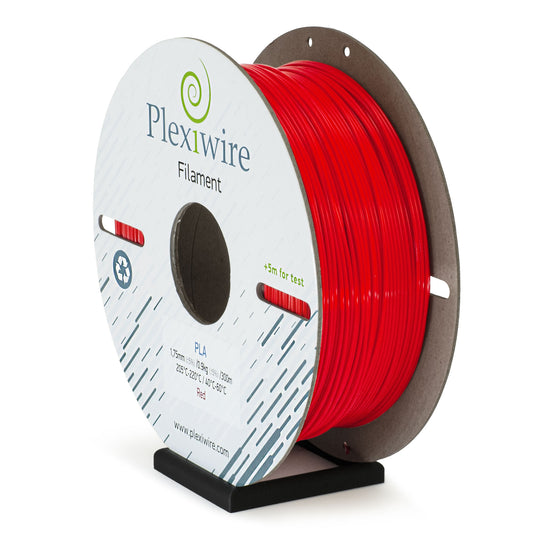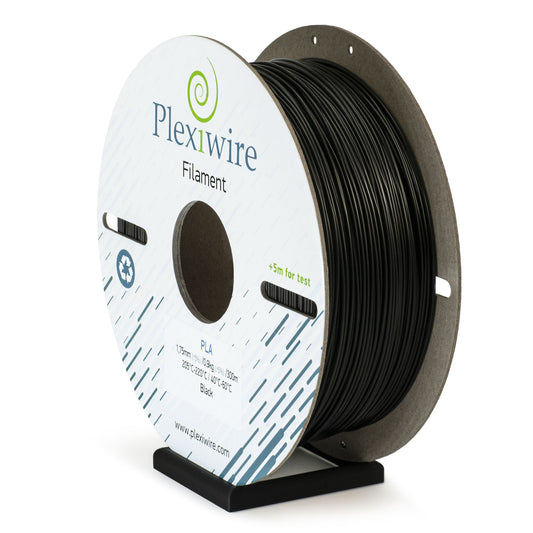Want to learn about ABS glue and how to make it? Learn the easiest way to glue your ABS plastic parts together.
Problems with post processing
There are times when 3D printing requires finishing touches, especially when dealing with ABS plastic. This material is very popular, and due to its chemical composition, it is possible to use special substances for post-processing. For example, a common use case is to join multiple pieces of ABS plastic printed on a 3D printer.
There are a variety of mixtures or solutions that can be applied to ABS plastic, and there is a tendency to confuse them due to their similar composition. ABS glue, ABS juice, and ABS solution have received particular attention and interest.
This article discusses ABS glue, how it differs from juice and solution.
Glue, juice and mortar
Before describing ABS glue and its difference from sap and mortar, it is important to know that all three are a mixture of ABS fiber and dichloroethane. The main difference is the proportion of the two substances.
ABS glue is an adhesive material that joins ABS parts, either by melting or welding. The joined parts are chemically melted by the adhesive, melting into one strong element. The substance has the consistency of white PVA glue.
ABS sap is an adhesive sap used to enhance adhesion to a surface. It should only be applied to Kapton film or glass. It is not recommended for use on other surfaces.
ABS mortar is a paste-like material used on bonded parts to hide seams. It should be used as a gap filler or added to areas that need building up.
How to make a glue
Here's what you will need:
- 200 cm of 1.75 mm ABS thread in the color you need for the glue
- 50 ml of dichloroethane
- A glass jar with a lid (or a container made of polypropylene or high-density polyethylene)
Before you start making the glue, make sure you are in a well-ventilated area:
- Pour dichloroethane into a jar.
- Cut the filament into small pieces. The smaller the pieces, the faster they will dissolve in the dichloroethane.
- Add the ABS pieces to the dichloroethane and stir.
- Allow the mixture to sit overnight.











Recent post